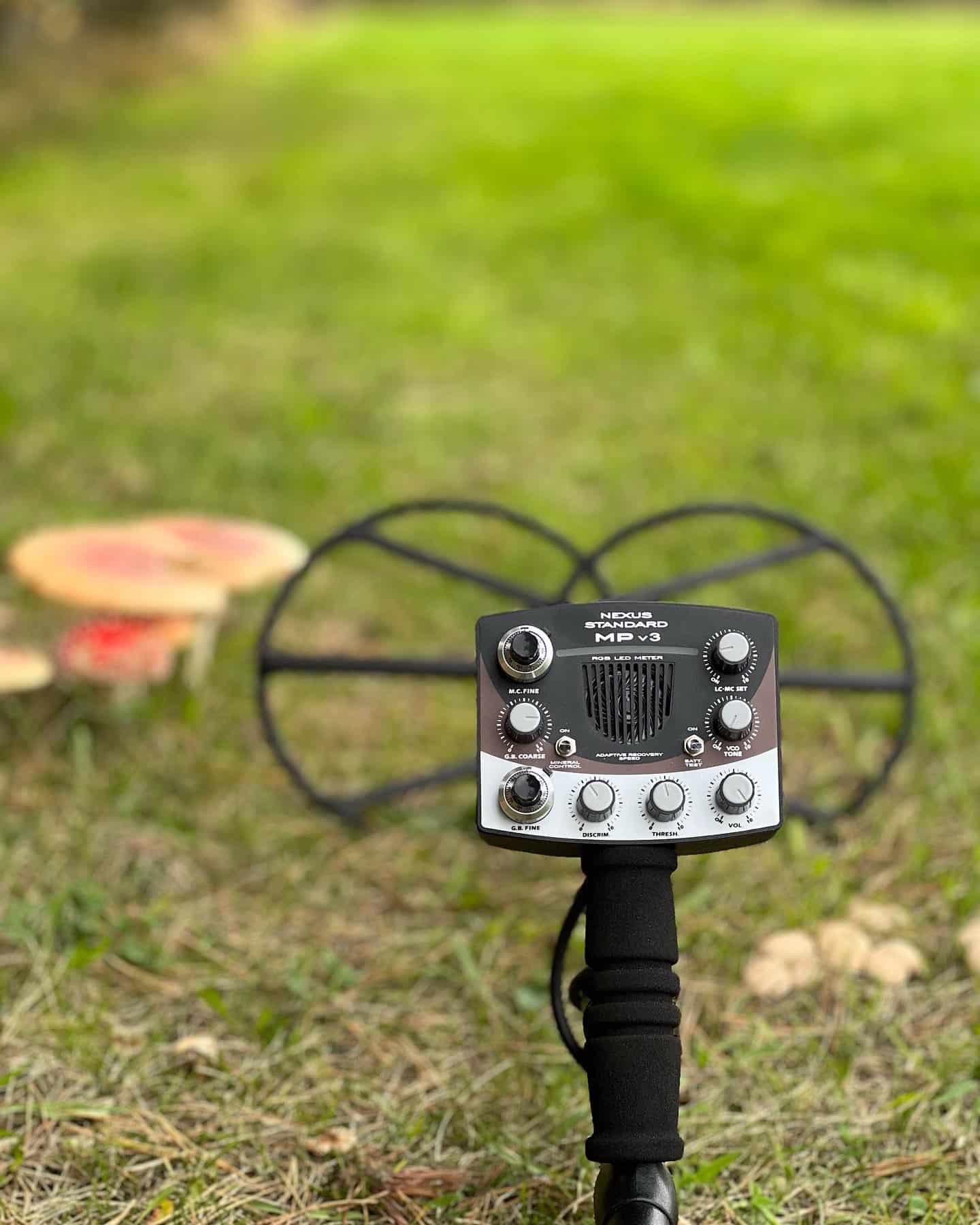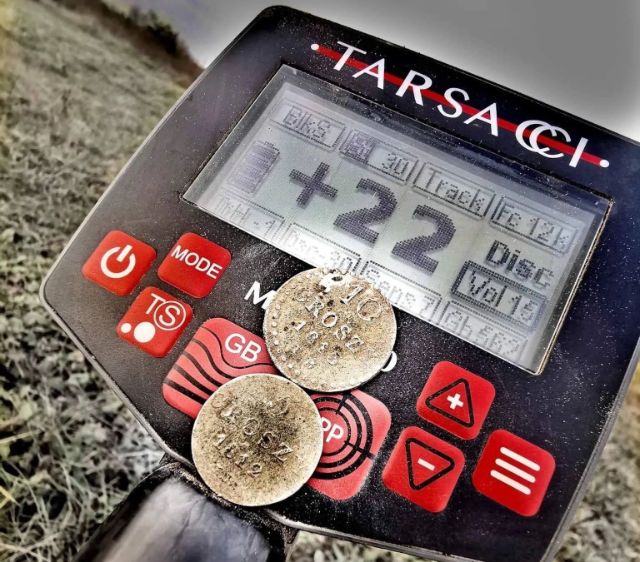
Nexus MPv3 is a detector so different from currently presented detectors that it is difficult to compare them directly. Expensive, heavy, and difficult to use, but perfectly made. Worth every penny for me, but obviously not for everyone.
Why is it worth spending a fortune? First of all, you need to have a lot of experience, a small ego, a lot of humility, and patience. Success requires hard work, only then it tastes the best.
MPv3 is in a completely different league when it comes to performance. No known hardware comes within a meter of the Nexus. Does this mean that it is the best equipment in the world? No. Perfect for old places, but expensive and requiring full understanding.
In addition to the depth of detection, we get beautiful analog audio and a guide signal closely related to the ground calibration, giving a full description of what is happening under the probe. Pure analog power packed into ten…yes ten AA batteries.
Nexus opens old spots and helps close new ones to the end. The whole thing makes a hell of a good tool. Modulated VCO-type audio, depending on the settings, allows you to favor particular conductors. The VCO LED indicator works in a similar way. It’s also adjustable. We have a pair of colors for each guide from green, to orange, blue, and white. It’s a big simplification.
The combination of all these possibilities results in a devilishly effective device, although demanding, but also quite forgiving of mistakes. Perfect second detector for me.
You will find out more soon. Remember about our social media and YouTube channel.



